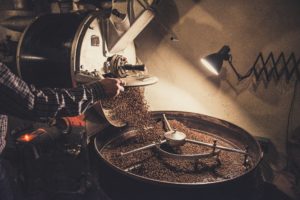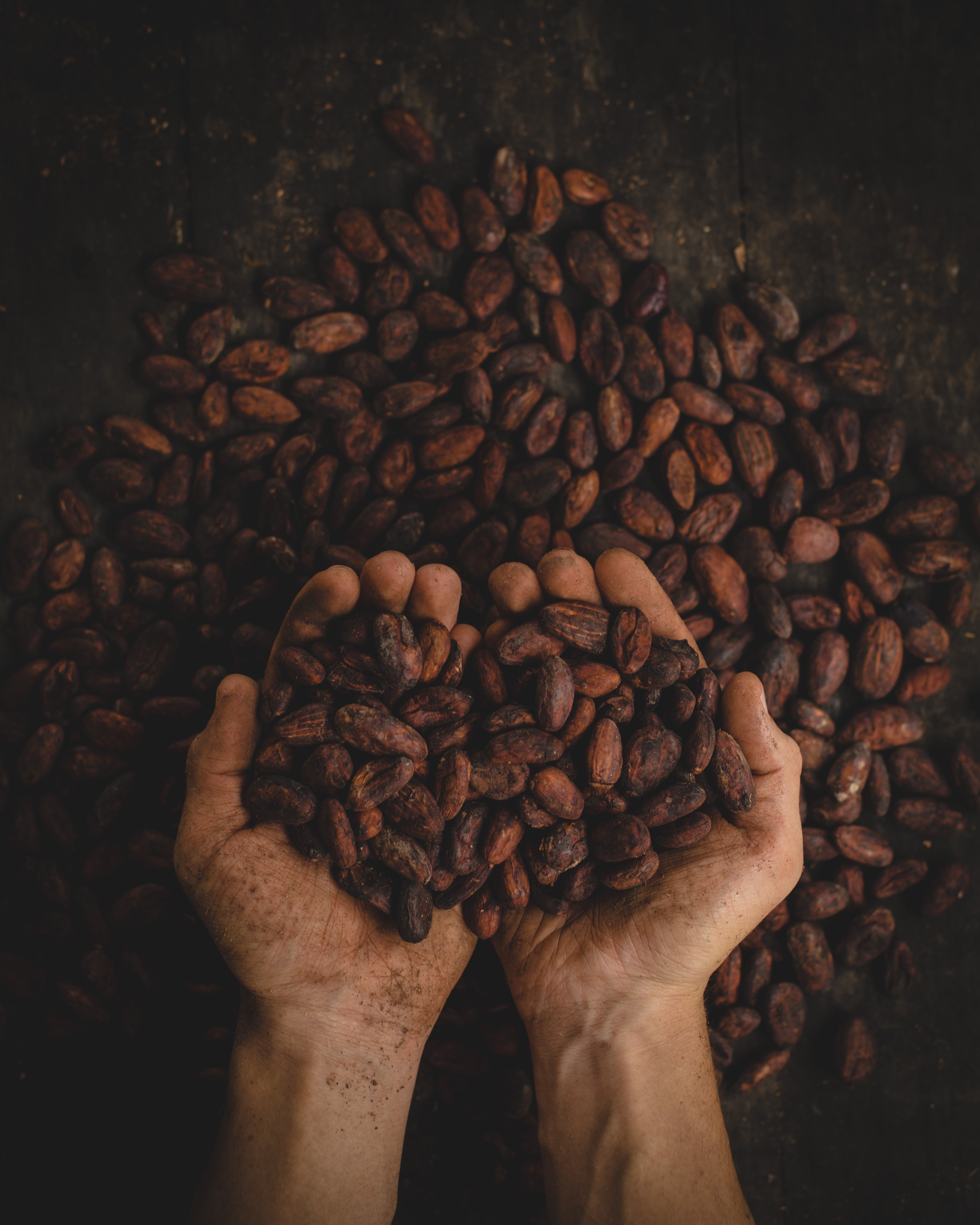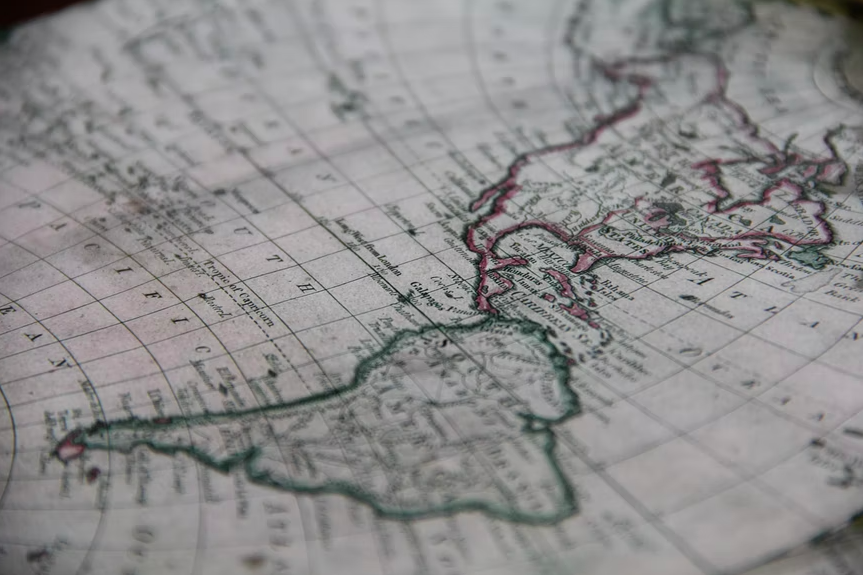For visitors to South America, the quest for cacao is one that somewhat dominates the tourist trail and takes precedence in regions associated with the Amazon such as Peru, Colombia and Brazil. Along the street vendors of Cusco and into the mountainous regions of Ecuador, cacao cultivation is etched in tradition as well as, quite naturally, an ongoing demand for quality goods.

Cacao is especially tied to the majority of Central and South America due to the areas rich climate, known as the cacao belt, which is full of the Theobroma cacao trees where the beans can be found.
Especially throughout the region, it has also been believed until now that cacao was identified as the ‘food of the gods’ in Mayan and Aztec culture. According to Vox, until this point, it had been believed that the tasty natural goods had, in fact, started growing in the Central American region some 3,900 years ago.
This week, a team of researchers and archaeologists made a ground-breaking discovery in the realms of the sweet-tooth which has certainly placed cacao in a new age of tradition. According to a new study, the origin of the chocolate goods have actually been traced to origins to the millennium prior to the assumed date and also placed in a different continent altogether.
According to Natural Ecology and Evolution, a specialist scientist publication, cacao beans have been located in the upper Amazon of South America, namely Ecuador and is nearly 5,400 years old – 1,500 years older than expected. This means that chocolate is by far one of the oldest goods which were both cultivated by the world’s ancient cultures as well as maintaining a similar process within the modern day. Vox also continues, that such a discovery contributes volumes to the ongoing understanding of ancient cultures around the globe.
According to the study, some 22 species of cacao trees exist and yet just one is used for chocolate production as we know it today. Considered a ‘domesticated’ plant, it has become part of regular life for both Mayan and Aztec cultures as well as being used in the Mexican food Mole, chocolate drinks and even for rituals.
What does such a finding mean to modern day chocolate lovers around the world? Well, steeped in culture and tradition that links it to ancient gods and rituals, perhaps it justifies the term ‘chocoholic’ just that little more.







